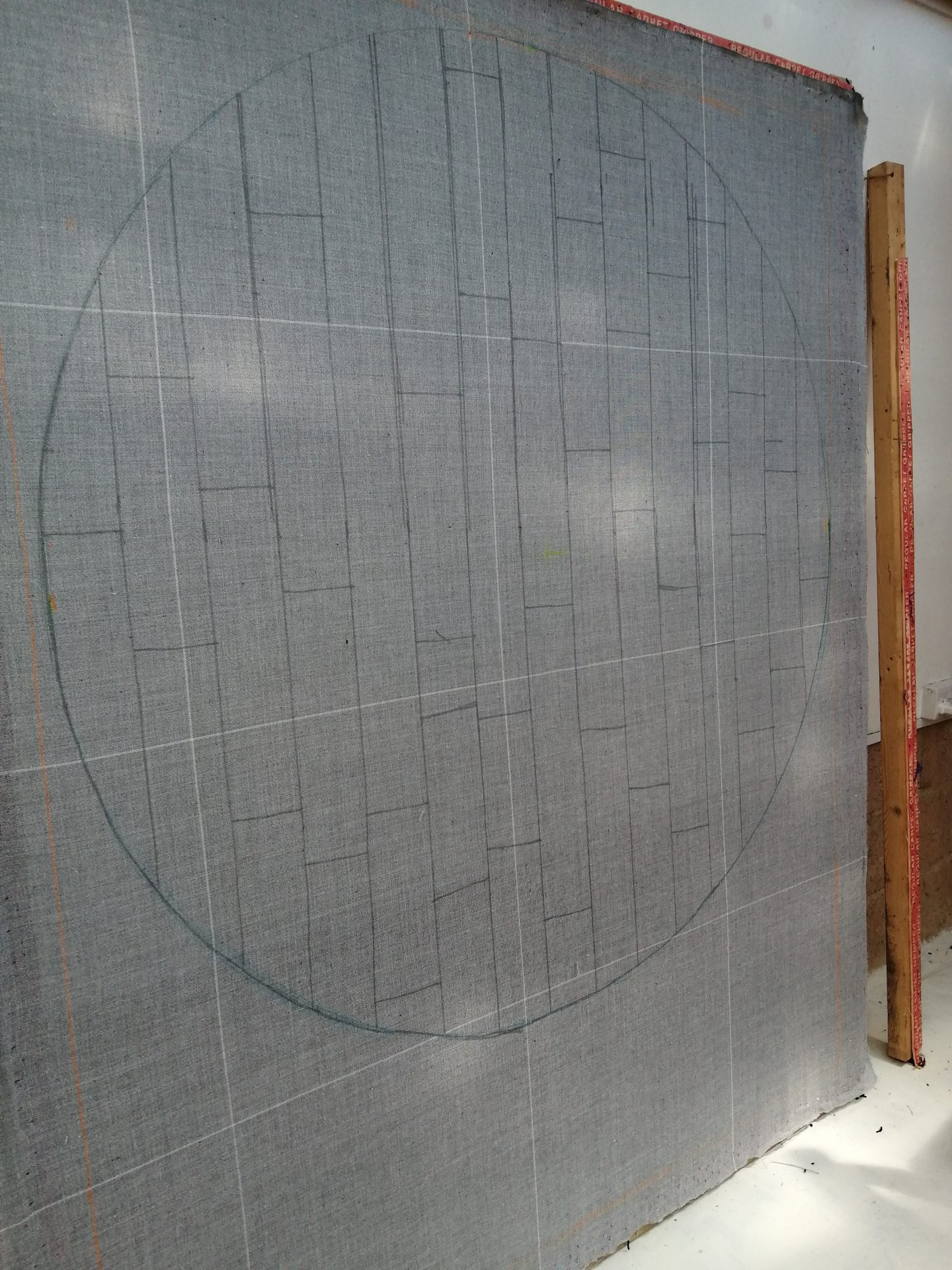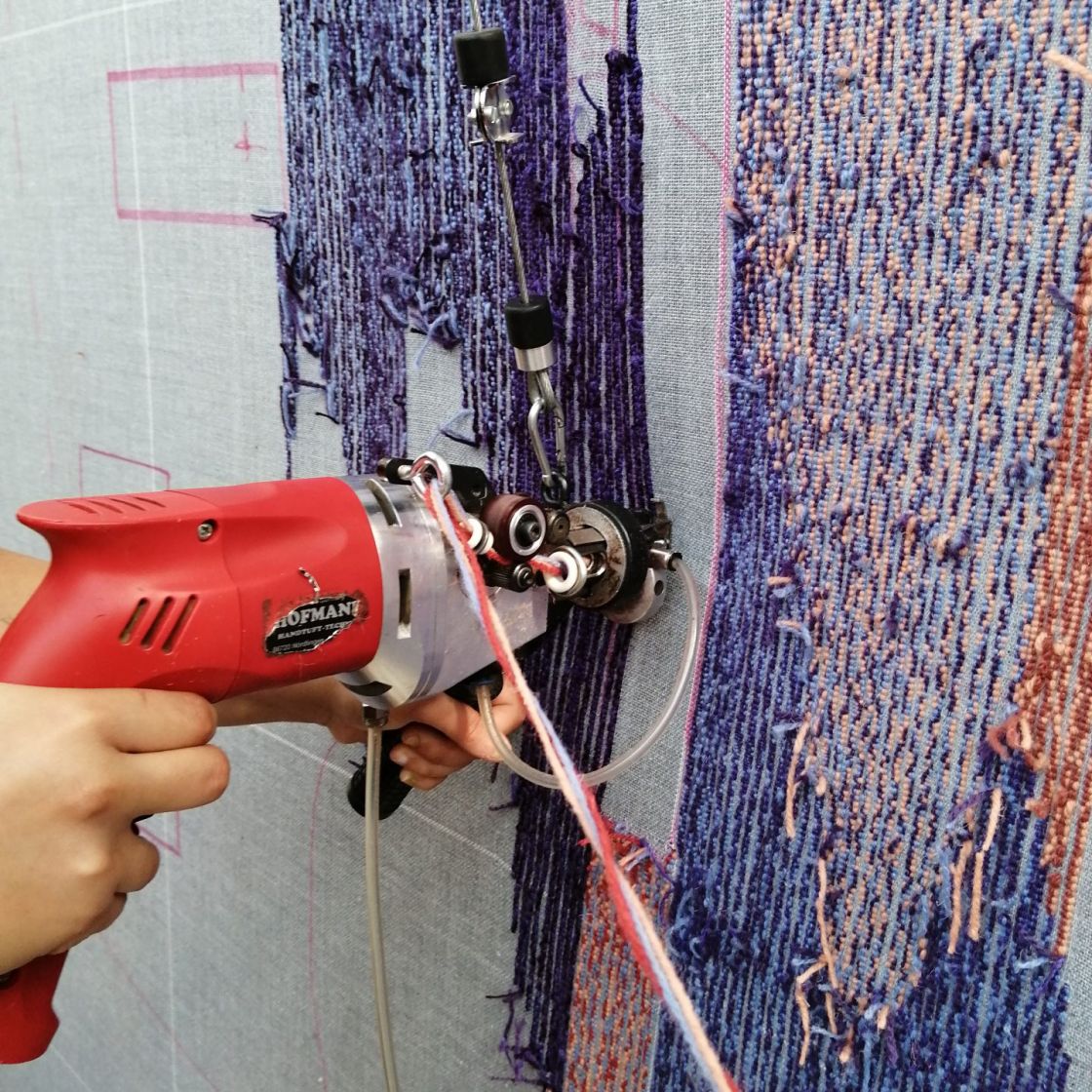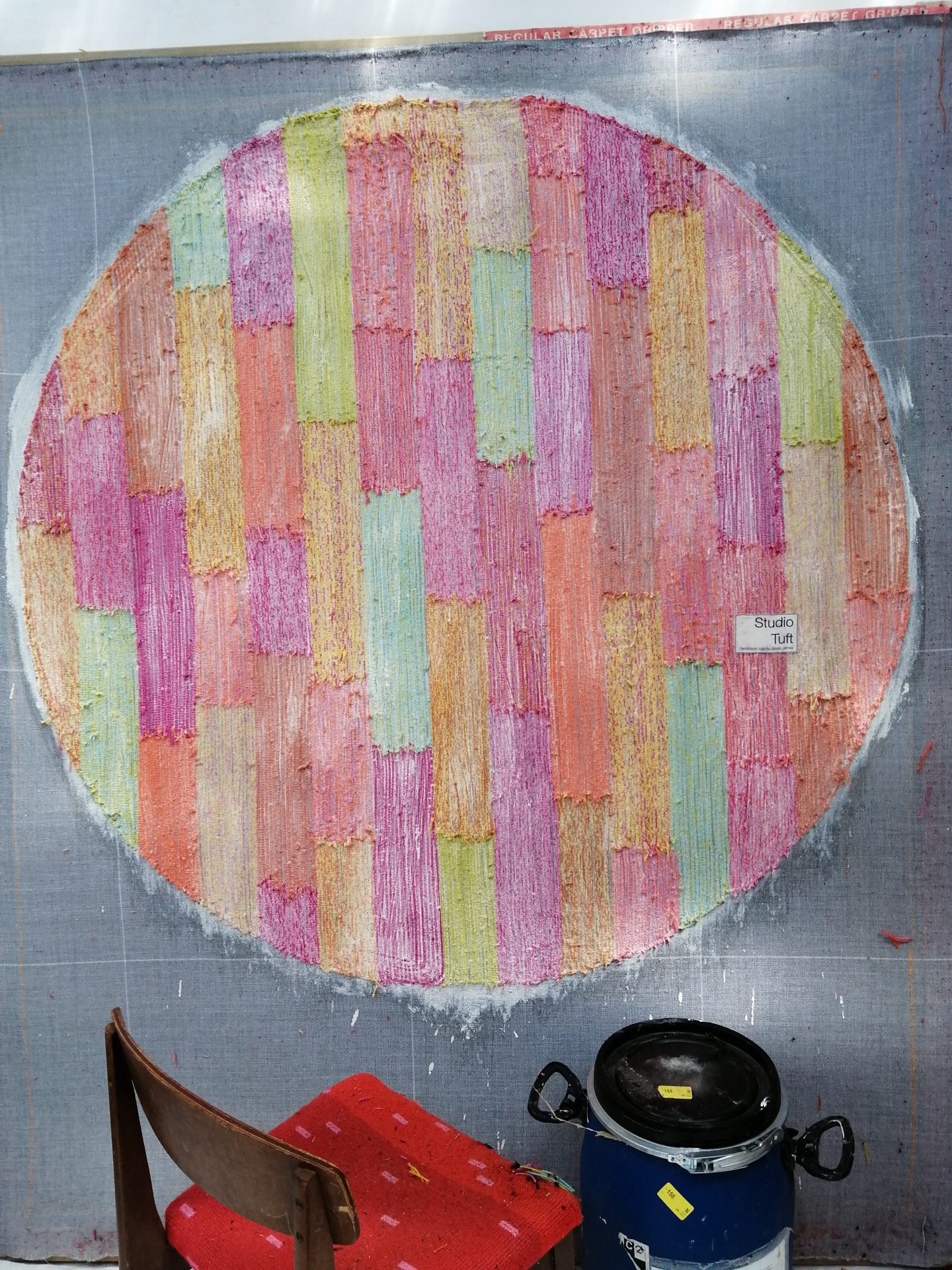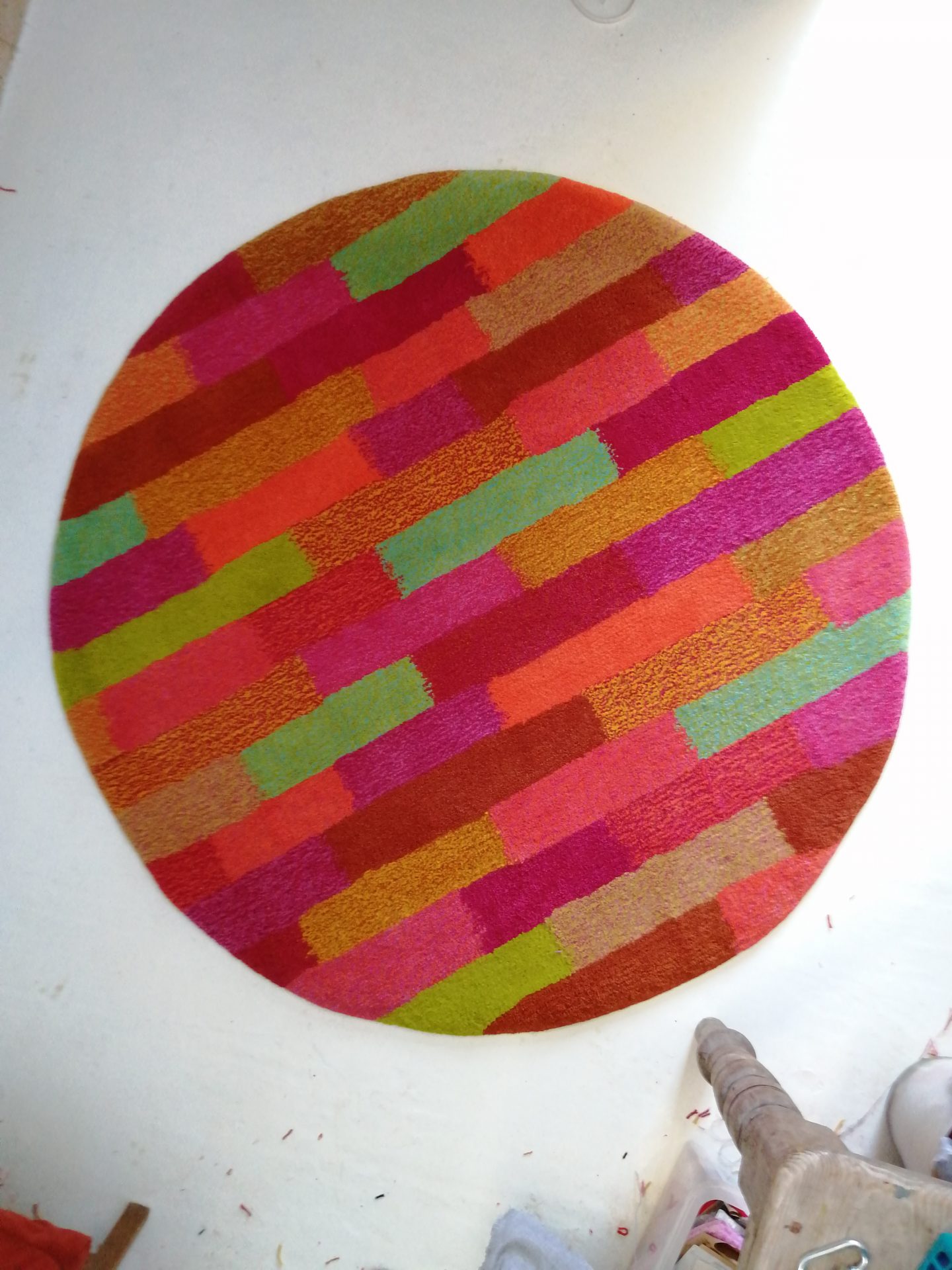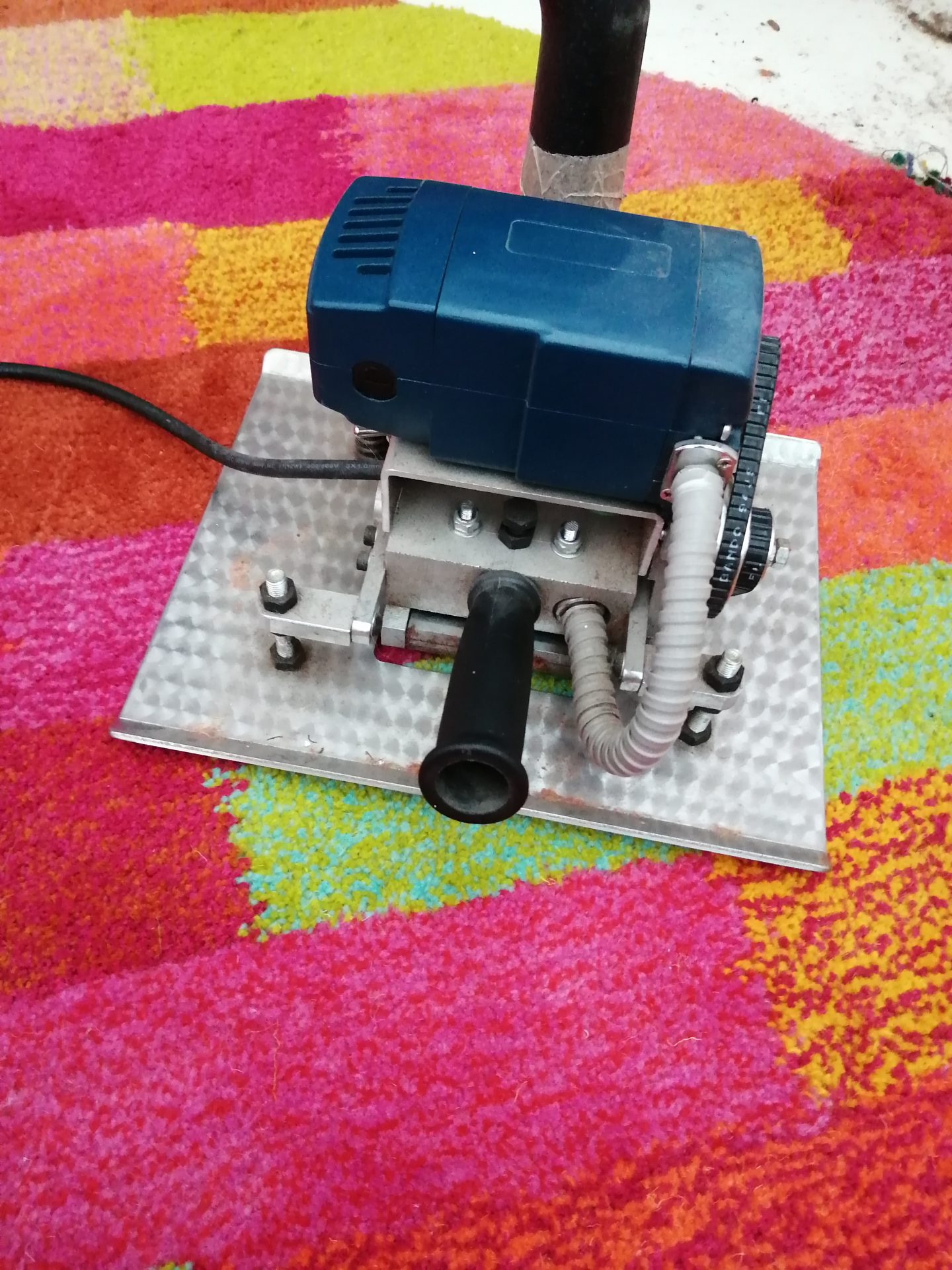
How to start crafting tufted homeware (aka Instagram’s hottest interiors trend)
08/12/2021Up until a year ago tufting, an ancient art of textile weaving, was so rare it was put on a list of endangered crafts. Thanks to social media, it’s now Instagram’s hottest homeware trend. Here’s how to start making tufted homeware yourself.
Welcome to The Curiosity Academy, Stylist’s new learning hub where you can access workshops, how-to guides, new research and learn the most up-to-date skills from the UK’s most in-the-know people.
Did you know there are crafts and hobbies that are so rare they’re classed as critically endangered in the UK? Since 2017, the Heritage Craft Association has compiled a red list of traditional crafts that are unlikely to survive for another generation.
Little-known crafts like fan making, sliver spinning and hat plaiting are all on the list, and until recently the art of tufting featured alongside them.
Tufting is an ancient form of textile weaving, usually used to make rugs, which became popular in the 1960s before falling into serious decline and featuring on the endangered crafts list in 2019.
You may also like
Interior design trend: 6 tufted soft furnishings and homeware
But, in 2020 a slew of young crafters started posting videos of themselves making various soft furnishings using the tufting method on social media. In the space of a year, the craft has now become so popular it’s moved off the endangered crafts list and is filling up Instagram feeds.
“The videos of people tufting are really intriguing and you can make so many beautiful patterns and home furnishings out of it. I think that’s why people have become really drawn to it,” says Jessie James, who runs Studio Tuft in Stonehouse, Gloucestershire.
Speaking on Radio 4, Heritage Craft Association’s endangered crafts manager, Mary Lewis, also put tufting’s newfound popularity down to the development of tufting guns. Despite being an investment to buy, these electric guns let you create painterly designs from wool easily and quickly.
As well as rugs, tufting is used to make a huge variety of home furnishings. “You make almost anything, like tufted coats, wall hangings, cushions, plant pot holders and even vase covers,” says Jessie.
Here, Jessie explains how to start making tufted homeware yourself and tips for making it look as clean and professional as possible.
What you’ll need to start tufting
- A tufting gun
- Fabric pen
- Wooden frame
- Wool yarn
- Liquid latex
- Backing fabric to fit your frame (thick cotton works best)
- Carpet grips
- Fabric scissors
- Cotton tape
- Paint brush
All of the equipment can be found online or in craft shops.
How to make a tufted wall hanging
1) Attach the backing fabric to the square wooden frame with carpet grips. Jessie suggests using two rows of carpet grips so the fabric is as tight as possible across the frame.
2) Draw your design onto the fabric using fabric pens. This design will help you plan where to use your tufting gun.
3) Begin tufting your design using the tufting gun. Start by threading the wool into the gun using the instructions for your particular tool.
Tuft your design by moving the tufting gun along the fabric to fill the shapes you sketched out earlier with the wool yarn. Jessie suggests moving the gun at a steady pace and applying a good amount of pressure to give a thick, even effect.
You’ll need to rethread the gun if you’re using different coloured yarn for different parts of your design.
4) Apply a good layer of latex to the back of your design with a paint brush and then leave it to dry for at least 24 hours. It may take up to two days to fully dry. This will keep the fibres neat and tidy.
Make sure you leave your design to dry in the frame to keep it as straight and flat as possible.
5) Once your design is dry, cut it off the frame.
6) Cut away any excess fabric around the edge of your design, making sure there is a good inch of fabric left around the sides.
7) Fold this excess inch down on the back of your design to neaten the edges and secure with cotton tape.
8) To make your design as neat as possible, cut or shear the surface to remove any long pieces of wool and so all the strands of wool are even.
Jessie’s tips for getting into tufting
Prepare a design in advance
“I always have a loose plan of the design I’m making before I start tufting,” says Jessie. “If you’re a beginner it’s good to prep your design before drawing it onto the backing fabric. But do leave some flexibility in case you decide it needs an extra colour somewhere or a different shape feels like it would work better as you go along.”
“As a beginner, I would draw up a design with lots of different elements in it, so you can see how different lines and shapes work and find your own technique for filling in certain shapes,” Jessie adds.
Research tufting guns before you buy
Buying a tufting gun is an investment so it’s worth doing some research to get one that will work best for you. There are different types of gun – cut pile and loop pile machines – that work in different ways and produce different results.
Start small
You can make your designs as big or as small as you like, all you have to do is resize your wooden frame accordingly. Jessie suggests starting with small designs and working your way up to bigger pieces of homeware.
Trial and error
“It takes like a couple of goes to get the hang of it,” says Jessie. “I’m sure everyone makes a hole in the backing fabric at some point, or it just goes totally wrong. The more you practise the easier it gets.”
Get to know the online tufting community
Thanks to tufting’s newfound popularity, there’s a huge online community of craftspeople looking to share tips and advice.
“I’m part of a little group on Instagram and we message each other when we have problems with our tufting guns,” says Jessie.“Tuftinggun.com is also a good website with a forum where people can ask questions and get help.”
For more expert-led guides and tutorials follow The Curiosity Academy on Instagram (@thecuriosityacademy).
Jessie James, founder of Studio Tuft
Jessie James is a designer-maker who specialises in tufted homeware. Jessie’s business, Studio Tuft, is based in Gloucestershire and makes bespoke and custom designs.
Jessie is also a Gloucestershire Guild of Craftsmen member and shows her designs at Chappel Arts in Cheltenham.
Images: Jessie James
Source: Read Full Article
